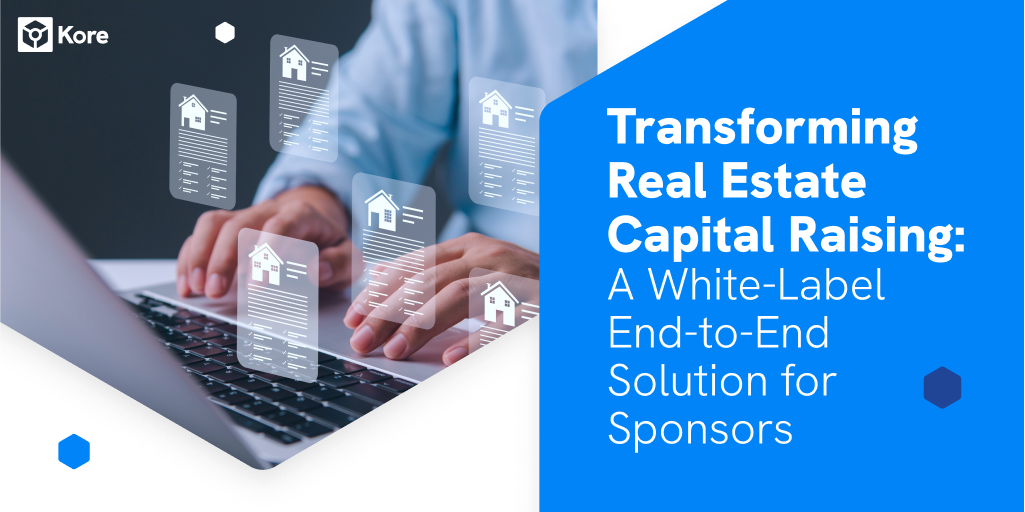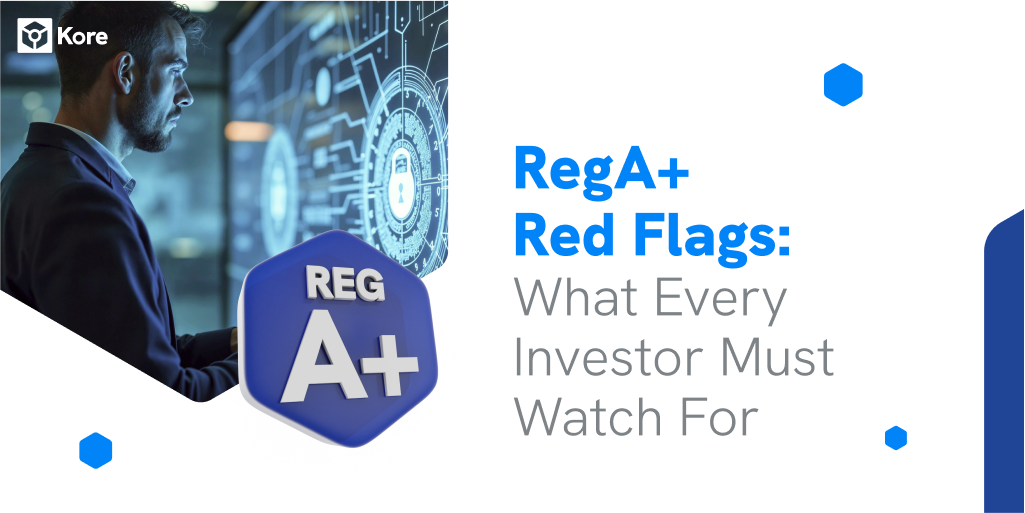SEC’s March 2025 Guidance Eases Burden on Accredited Investor Verification

🚨 SEC’s March 2025 Guidance Eases Burden on Accredited Investor Verification
In a landmark move this March, the U.S. Securities and Exchange Commission (SEC) has introduced new guidance that simplifies the way issuers can verify whether an investor qualifies as “accredited” under Rule 506(c) of Regulation D which was introduced with the JOBS Act implementation. This long-anticipated no-action letter—issued by the SEC’s Division of Corporation Finance—is the first formal interpretation of Rule 506(c) since its adoption in 2013, and it marks a significant shift in how private capital is raised through general solicitation.
This update is not just regulatory housekeeping—it’s a potential game-changer for issuers, platforms, and investors who’ve long been caught in the tug-of-war between compliance obligations and a seamless capital-raising experience.
Let’s break down what this means and why it matters.
📜 What’s New? Simplified Verification Through Investment Thresholds
The new SEC no-action letter introduces a streamlined, principles-based approach to verifying accredited investor status. Under this new guidance, issuers relying on Rule 506(c) may now use investment thresholds combined with written representations to satisfy the requirement for taking “reasonable steps” to verify an investor’s status—without having to dig into tax returns, bank statements, or personal financial documents.
✅ The Conditions Are Clear:
- Minimum Investment Amounts:
- $200,000 for individual investors
- $1 million for legal entities
This threshold must be satisfied by a single investment—not across multiple offerings.
- Written Representations from the Investor:
- The investor states they are accredited under Regulation D.
- The investor confirms they are not using financing (such as margin loans or credit) to fund the investment.
- No Actual Knowledge of Contradictory Facts:
- The issuer must not have any knowledge suggesting the investor is not accredited or that the investment was financed.
This last condition is critical: if an issuer becomes aware of any red flags contradicting the investor’s claims, the simplified verification route becomes invalid.
🚀 Why This Is a Big Deal
For years, issuers leveraging Rule 506(c) have faced a tough choice: benefit from the power of general solicitation, or endure the friction that comes with intrusive verification requirements. Prior to this update, many investors—especially high-net-worth individuals—hesitated to participate due to the discomfort of disclosing sensitive financial data to issuers or third-party verifiers.
This new guidance lowers that barrier.
🧭 Key Benefits for Issuers:
- Reduced administrative burden: No more collecting W-2s, tax returns, or brokerage statements.
- Improved investor experience: High-net-worth individuals can now verify their status with dignity and minimal intrusion.
- Greater use of Rule 506(c): Issuers and platforms may now be more willing to publicly market offerings, knowing that verification can be done with confidence and ease.
⚠️ But Remember—Compliance Still Matters:
This new method doesn’t eliminate other regulatory obligations. Issuers must continue to:
- File appropriate state-level “blue sky” notices
- Avoid misleading statements under antifraud provisions
- Comply with Investment Company Act limits
- Consider international offering restrictions where applicable
🧠 Rule 506(c): A Brief Refresher
Under Rule 506(c) of Regulation D, issuers may raise an unlimited amount of capital from accredited investors using general solicitation or advertising, so long as they take “reasonable steps” to verify that all purchasers are in fact accredited.
This was a significant shift from the traditional Rule 506(b), which prohibits general solicitation but allows for self-certification.
While Rule 506(c) was designed to bring private capital markets into the 21st century, in practice, the burdensome verification process created enough friction that many issuers chose to stick with the old methods.
That might finally change.
🌎 Implications for the Private Markets Ecosystem
Whether you’re a broker-dealer, issuer, a fund manager, a funding platform, or a compliance professional, this no-action letter is worth your close attention.
For Issuers:
- Expect increased flexibility in how you structure offerings.
- Focus on clear disclosures and strong documentation of investor representations.
For Platforms:
- Streamline your onboarding process with this simplified verification framework.
- Enhance your investor experience while maintaining regulatory confidence.
For Investors:
- Gain easier access to high-quality private offerings without compromising personal financial privacy.
🧩 A Word on Risk: Know Your Investor, Even With Simplified Rules
While this guidance offers welcome relief, it does not remove the issuer’s obligation to act in good faith. Issuers must still exercise judgment, especially in situations that raise questions about an investor’s status. For instance:
- Does the investor’s background raise red flags?
- Are there contradictions between representations and available public information?
- Is the investment being made under time pressure or unusual terms?
The “no actual knowledge” standard demands both awareness and documentation. Issuers should maintain clear internal policies and workflows to help identify and resolve potential inconsistencies before relying on the simplified pathway.
🔗 Further Reading & Guidance
For a more detailed legal interpretation of the March 2025 SEC guidance, we recommend reviewing the excellent write-up by Morgan Lewis:
👉 New SEC Guidance Eases Burden in Rule 506(c) Accredited Investor Verification Requirements
📣 Thank you, SEC!
The SEC’s March 2025 no-action letter signals a broader trend toward modernizing capital formation rules without sacrificing investor protection. It reflects a practical recognition that wealth, not paperwork, defines accredited status—and that efficiency matters in a competitive capital environment.
For those involved in private placements and Regulation D offerings, this is a green light to embrace Rule 506(c) with new confidence.
And for investors, it’s a long-overdue nod of trust.





